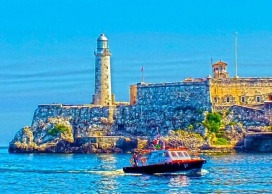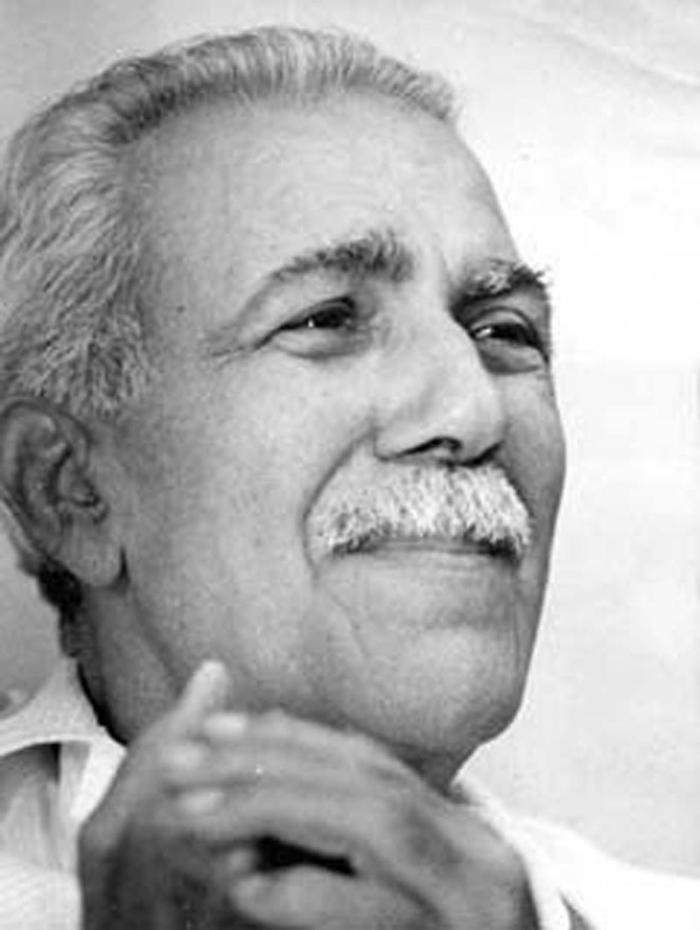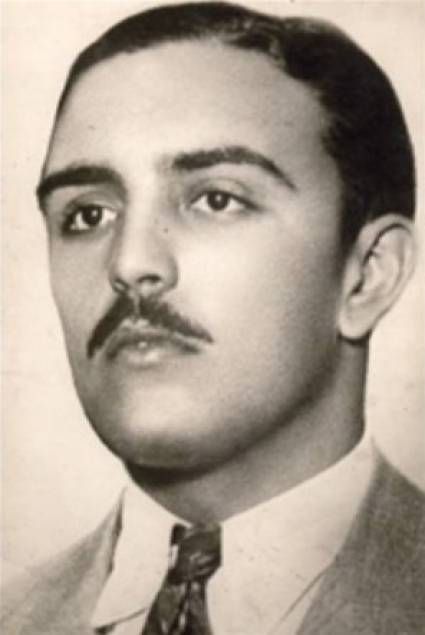
Havana ephemeris. September 30th.
1922. Jesús Orta Ruiz is born on the Los Zapotes farm, in San Miguel del Padrón, Havana.

Known by the pseudonym “El Indio Naborí”, he has been considered by literary critics as the highest cultist of the tenth century in Cuba in the twentieth century.
He also developed an important investigative and critical work that was revealed in articles and different books, one of which deals with Creole and Siboneist poetry.
Despite having lost sight of him, he kept creating until almost the moment he died on December 29, 2005 in Havana.
Precisely three days before his death, he created a poem inspired by the life and work of the top leader of the Cuban Revolution, Fidel Castro. I title that poem "Time does not devour redeemers."
1930. While participating in a student demonstration in Havana, the young revolutionary Rafael Trejo is assassinated. His death occurred when he was only 20 years old.

When he was killed, he was then vice president of the University Student Federation of the Faculty of Law, at the University of Havana.
Raúl Roa, who, narrating a conversation that Trejo had with him, detailed that he told him: “For many nights I have dreamed of the podium, but do not think that my aspiration is to become rich at the expense of others. My ideal is to one day be able to defend the poor and the persecuted. My toga will always be at the service of justice.”
His birth took place in the town of Santo de los Baños, then Havana province, on September 9, 1910.
1940. Cuban port leader Manuel Porto Dapena is assassinated.

Born in a village in the province of Orense, Spain. He arrives in Cuba together with his relatives when he had been settling in the Casablanca neighborhood for two years.
When he turned 18, he joined the Communist Youth League as one of its first members. In 1933 he was elected Secretary General of the Federation of Workers of the Bay of Havana. The revolutionary wave that Cuba experienced at the beginning of the 1930s culminated with the call for a general strike in the month of August. The main promoter was the National Workers' Confederation of Cuba and the Communist Party headed by Rubén Martínez Villena.
That workers' strike dragged behind it various sectors of the population, including small merchants and industrialists, artisans and peasants.
In his revolutionary work he was an outstanding proletarian leader. Precisely at the time of his assassination, he was serving as General Secretary of the Workers of the Port of Havana.
His birth took place in Spain on October 18, 1910.
1954. José Antonio Echeverría is presented as the new president of the University Student Federation. The activity takes place in the place where on September 30, 1930, on Infanta street near San Lázaro avenue, the also universal student leader Rafael Trejo was assassinated.

Born on July 16, 1932 in Cárdenas, José Antonio came to stand out as a student leader since his permanence at the Secondary Education Institute of his hometown and especially later at the University of Havana, he became President of the Federation University student.
1958. Dr. Gabriel Cubría Puig dies in Guanabacoa, Havana, author of the first cesarean section for a living woman in Cuba.

An outstanding Cuban doctor and surgeon, he achieved marked recognition during all his years of work. He performed more than 2000 high surgery operations, including 35 cesarean sections, with remarkable well-being for mothers and their offspring, making no less than 20 deliveries per month and in some years caring for 600 patients.
His birth was in the town of Alquizar on September 14, 1874.